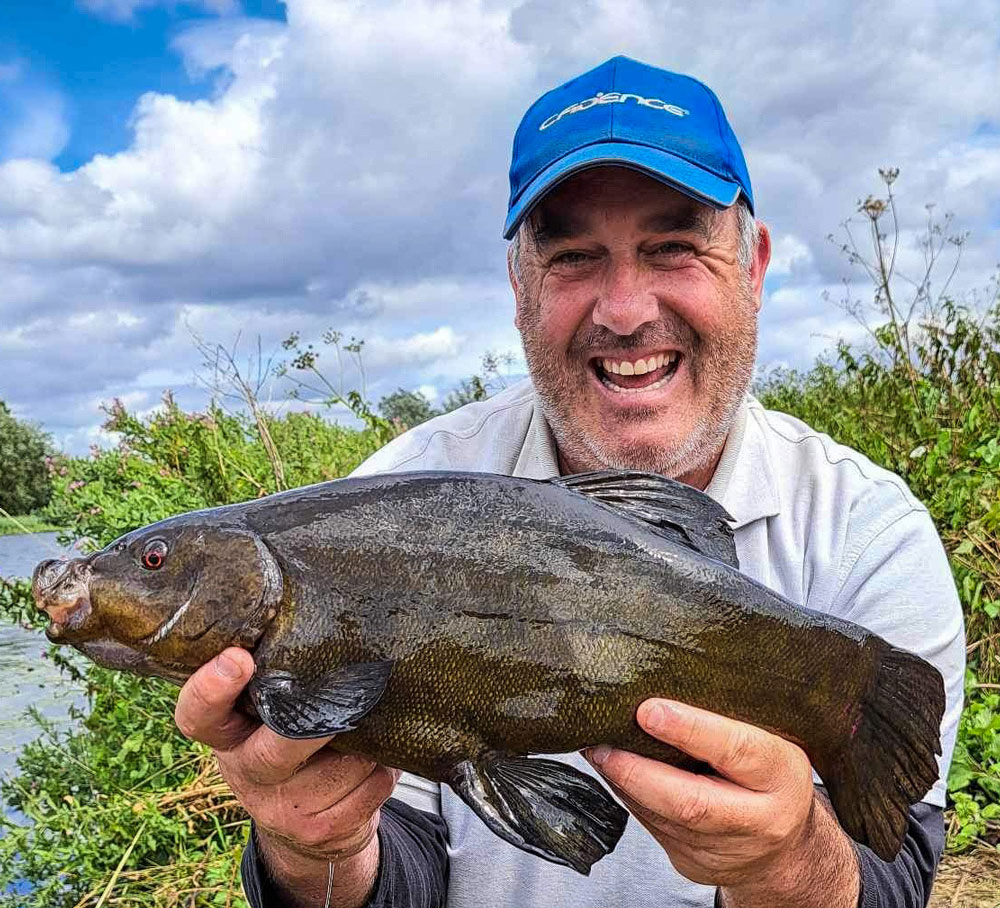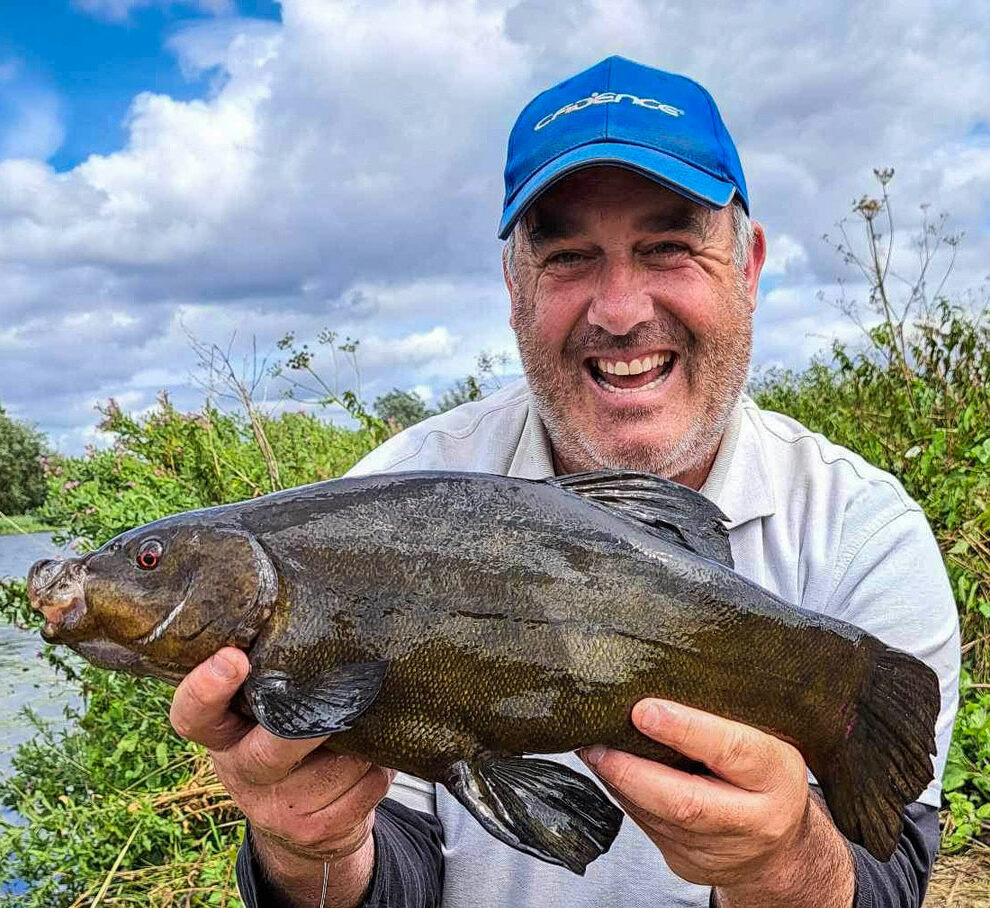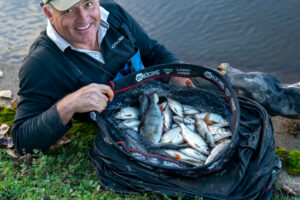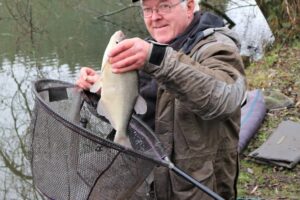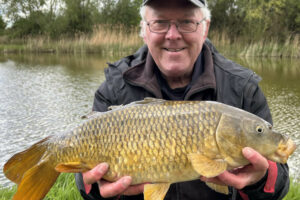At the time of writing this we are just over a month into the new river season and what a season it has been so far. I have introduced some changes to my main approach this time, which stem from the last few weeks of the previous closed season. I have decided to attack the venues I fish with a more specimen style approach, and the results so far have been very encouraging.
So, What Has Changed?
The main difference to my approach, is that I have decided to fish a method feeder with wafters and mini boilies that I’ve soaked. After fishing in my local pit, it became apparent to me that this beefed-up approach was producing some decent sized fish, and I saw no reason as to why it wouldn’t work on the rivers I fish. After a few tweaks here and there, I have all but settled on a set-up I like and one that I have upmost confidence in.
To start with, I had been using a usual 4-inch mono hook length coupled with a size 14 hook. I was getting a few fish, but I noticed I was missing numerous runs. So much, so I totally went off the grid, for me, and decided to use a braided hook length instead. Now I don’t use braid as a rule as I’ve always preferred mono, but this one change resulted in a lot more hook-ups, but I still felt there was more I could do.
The most significant change, I believe has helped, is pairing the braided hook length with barbless circle style hooks, namely a size 10! Every hook up was either in the middle of the bottom lip or just inside the corner of the mouth, I was missing fewer runs and the fishing was getting better and better. Big bream, tench and some huge rudd were all taking a liking to my new approach and no longer were the small fish able to get a look in, the hardness of the wafters and boilies put pay to that.
Final Set Up
The Cadence 12ft Specimen Rod in the 1.25 test curve version, is my chosen weapon, using the Avon top rather than the quiver section. I have tried both, but just feel this approach is more suited to the former. I am using a 6000 sized bait runner reel, rather than my usual CS10 5000, simply because some takes have been savage, and the bait runner is a safer option. Line wise, I’m using 0.26 mm straight through and 0.23 mm with an 0.26 mm shock leader on the other. Feeder wise, I’m using a large 45g flat bed method feeder, with an elasticated stem. On the business end, either a size 10 or 8 barbless circle style hook.
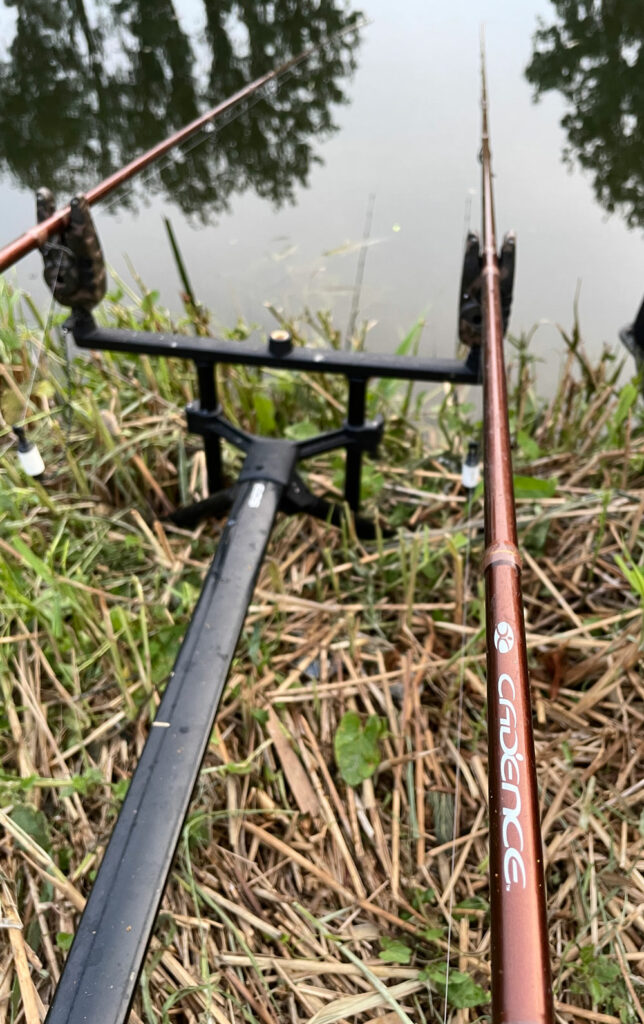
The Test
The first real test, for me, came on the glorious 16th, the first day of the new river season. I had primed a couple of spots for myself and a mate, ready to give it the midnight all in. Both rods were clipped up and set up the same, the only difference being one rod would have a 10/12 mm wafter and the other a 10 mm bottom bait.
On the stroke of midnight, both rods were cast out into the darkness and set back ready for the action. After a few liners, the bobbin shot up and fish number one was hooked and banked, a huge sigh of relief that the first fish had been caught of the new season. Fast-forward seven hours and I had managed 18 bream, to 7lb, a fitting success for the new approach.
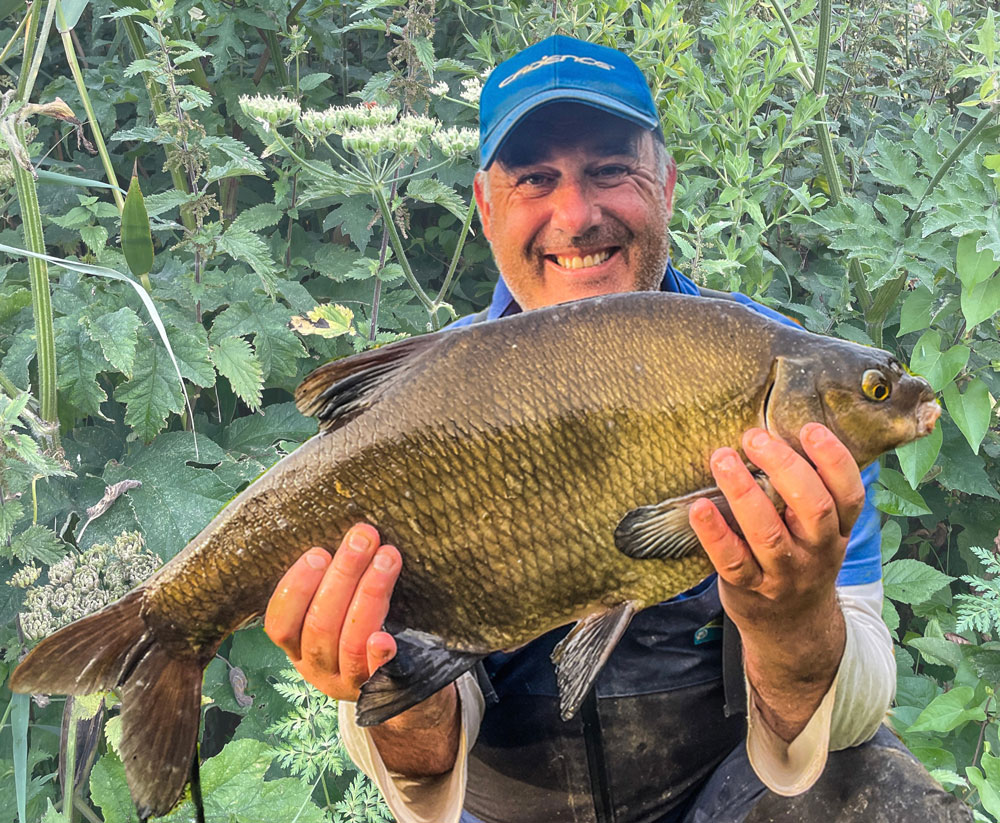
So it worked on the River Ouse, would it work on the River Lark? This is a much smaller river, probably only 16-20m wide tops and can run very clear, but the pads and weed should come in very handy for cover.
Just like the start of the season trip, I had been down and prepped an area, got busy with the weed cutter and trickled a bit of bait in ready.
Out before the dawn chorus had even woken up, I was on the bank ready to go, the rods were ready and deposited onto my two chosen spots. I didn’t have to wait long, either, as a big angry bream was soon attached. This continued for the next few hours, still plenty of liners, but I had caught bream, some big rudd and a glorious tench. Test number two complete, and I was gaining more and more confidence in my approach.
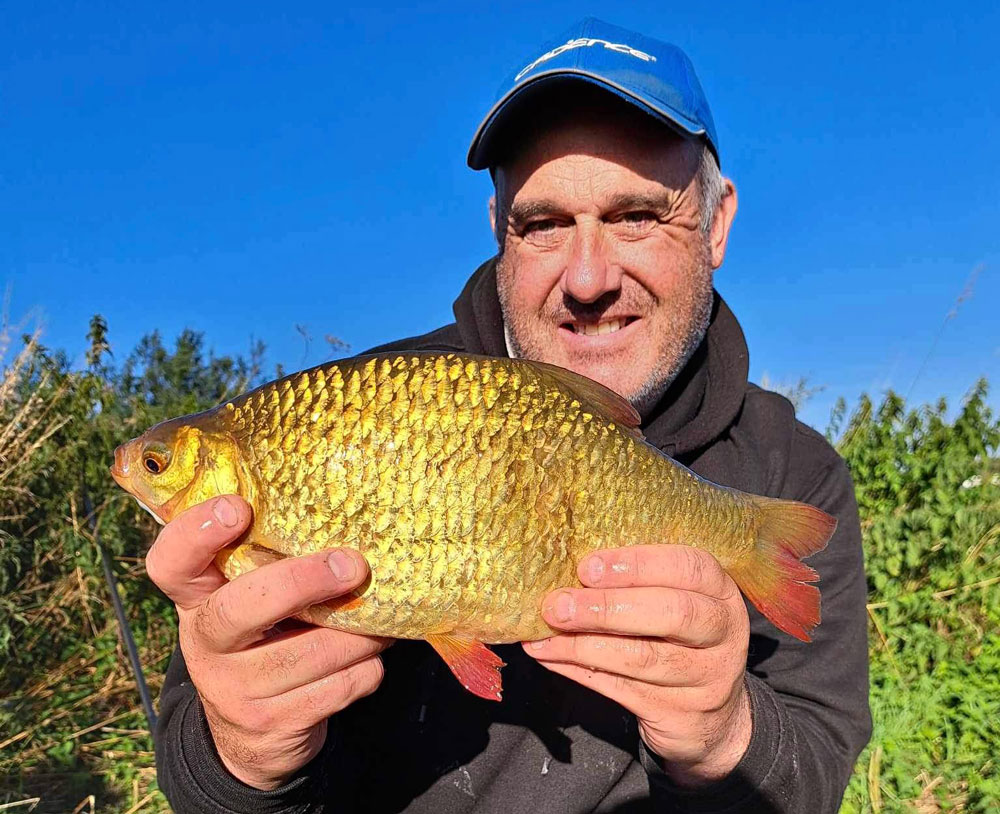
A few more early morning and evening trips produced similar results, and it was now time to try venue number three.
This was another part of my local River Ouse, but a lot shallower and was an area which I’d never usually target this early in the season. Everything was the same as previous trips, right down to the same groundbait mix, why change a winning corner? I was once again joined by the mate who’d started the season with me, and we chose to fish side by side, just to see what responses we were both hoping to have.
The rods went out, and the response was instant, now no bait apart from my initial feed had been introduced here, so it was a session from scratch. We were both catching rudd, skimmers and the odd bream, a couple of huge tench did show up, but these promptly decided that the bed of lilies was a far better option than looking at us two. Undeterred by these couple of lost leviathans, it was decided that both of our approaches worked equally well, and it was a win-win result all round.
The next challenge for me, was an overnight session on a river venue that I knew held a decent head of bream, along with some big tench. My two rod set up and groundbait was again the same, and apart from the array of hookbaits, all was as was. Twenty balls were deposited at 40m and the two rods set over the spot, again one with a wafter and the other a bottom bait.
Forty-five minutes into the session and bream number one was banked, a lovely dark fish which put up one hell of a scrap, this was the start of things to come. The bream started to move in over the baited area and the odd fish were showing themselves, it wasn’t long before action stations commenced in earnest. I wound the rods in at 02:15, as I kept nodding off and needed to get some sleep, even if it was only an hour or so. The rods were back out on the spot at 03:45 and within fifteen minutes, a bream was banked, and the action started again.
At the close of the session, I had managed to bank 37 bream, with the biggest being 8lb on the nose, numerous fish between 6-8lb and the fish were still feeding as I packed up.
This was a session that comes along every now and again, one that will stay in the memory bank for a long time.
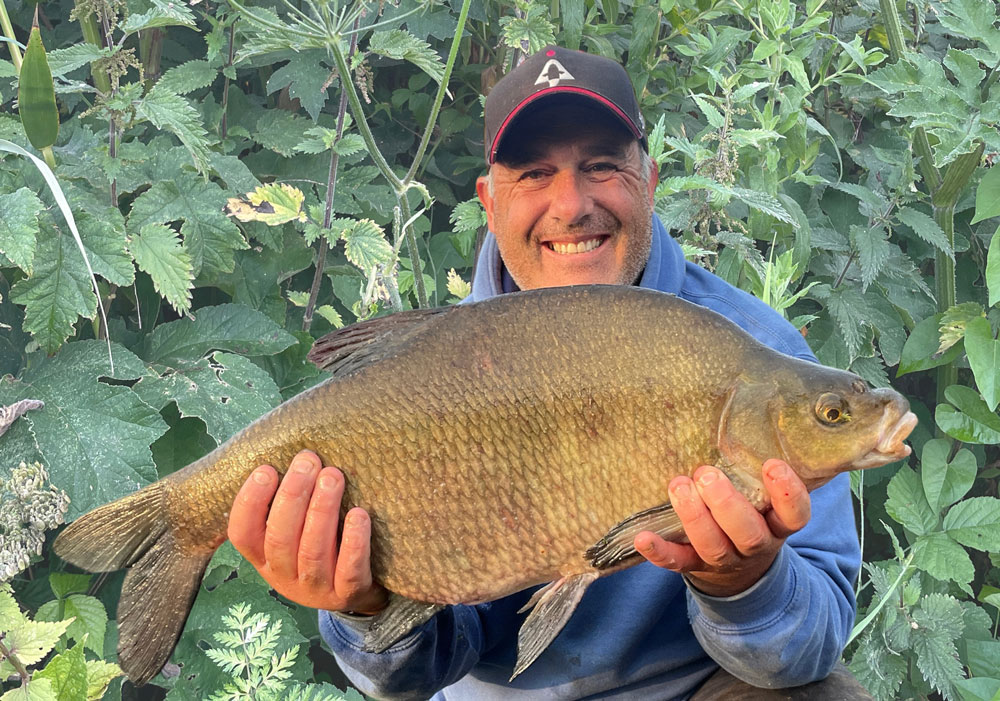
Groundbait
The heart of the approach is, in my eyes, having the right groundbait mix, that will not only stay on the feeder in deeper water, but also break down on the bottom. This mix also had to be sticky enough to mould hard balls together for the initial feed, which again had to break down easy enough.
Being part of Team Bait Tech, I have many mixes to choose from, and some from previous seasons I knew would all but fit the bill. The whole process started in the closed season using soaked 4 mm pellets, this was perfect in the lake I fished, but knew it wouldn’t suffice on the river. I wanted to keep the soaked pellets involved, as these are a cracking binder, especially when catapulting out balls 40-50m.
The groundbait mix I decided to build this approach around was Bait Tech Envy Green and Special G Margin, which was also green. I knew, from the previous season, that these two mixes complemented each other perfectly and would tick all the boxes I wanted. Plus, with the addition of a pint of soaked 4 mm carp and coarse pellets, the mix would bind stiff enough, whilst still breaking down easy. There is also a massive food content within both mixes, especially the fine ground halibut pellets and hemp in the Envy.
I always prepare my groundbait the night before, if and where possible, this saves a massive amount of time on the bank as this particular mix can take two litres of water to get it all but right. The pellets are put into a food bag and covered in water, then sealed and left on the garage floor. Once at the venue, it’s just a case of adding a small amount of water until the mix is right and adding the pre-soaked pellets. I do also add some 2 mm pellets at the mixing stage, again around a pint or so.
The best way I can advise whether the mix is right or not, is to take a handful and squeeze with one hand, if the ball expands on release, then there is too much air in the mix. If the ball holds together and doesn’t move, it’s just about spot on and shouldn’t have any fear of the balls breaking up mid-air.
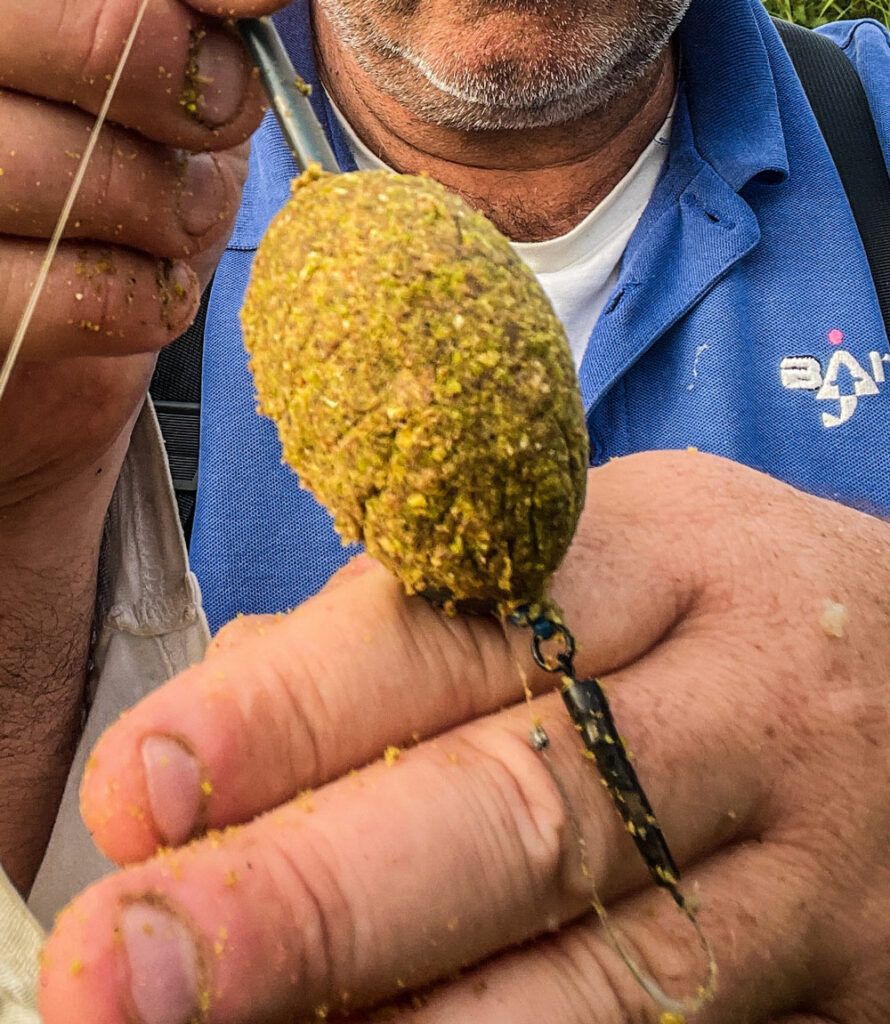
So the changes have worked and even now, I am tweaking the approach, just to see if there is anything to improve on what I’ve already learnt. Using different hooklength materials is one area, even though the 8lb braid is spot on, I have also tied some 10lb up of the same material which is perfect for the weedy hit ‘em and hang on swims. I’m more than happy using the barbless circle hooks, and I think I have hardly had any hook pulls, apart from those embedded in the weed.
As anglers, we are constantly investigating how to improve our catch rate or the size of the quarry we are targeting. This specimen approach has definitely put more fish in my net, I have confidence in my set-up and how I am attacking the venues and, most importantly, I am massively enjoying my new approach to our sport.
They say a change is as good as a rest, well, this change has worked a treat.
Tight Lines
Steve
